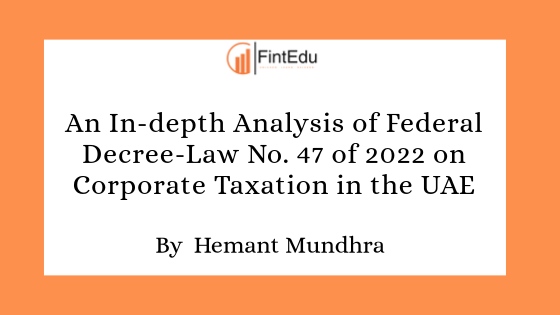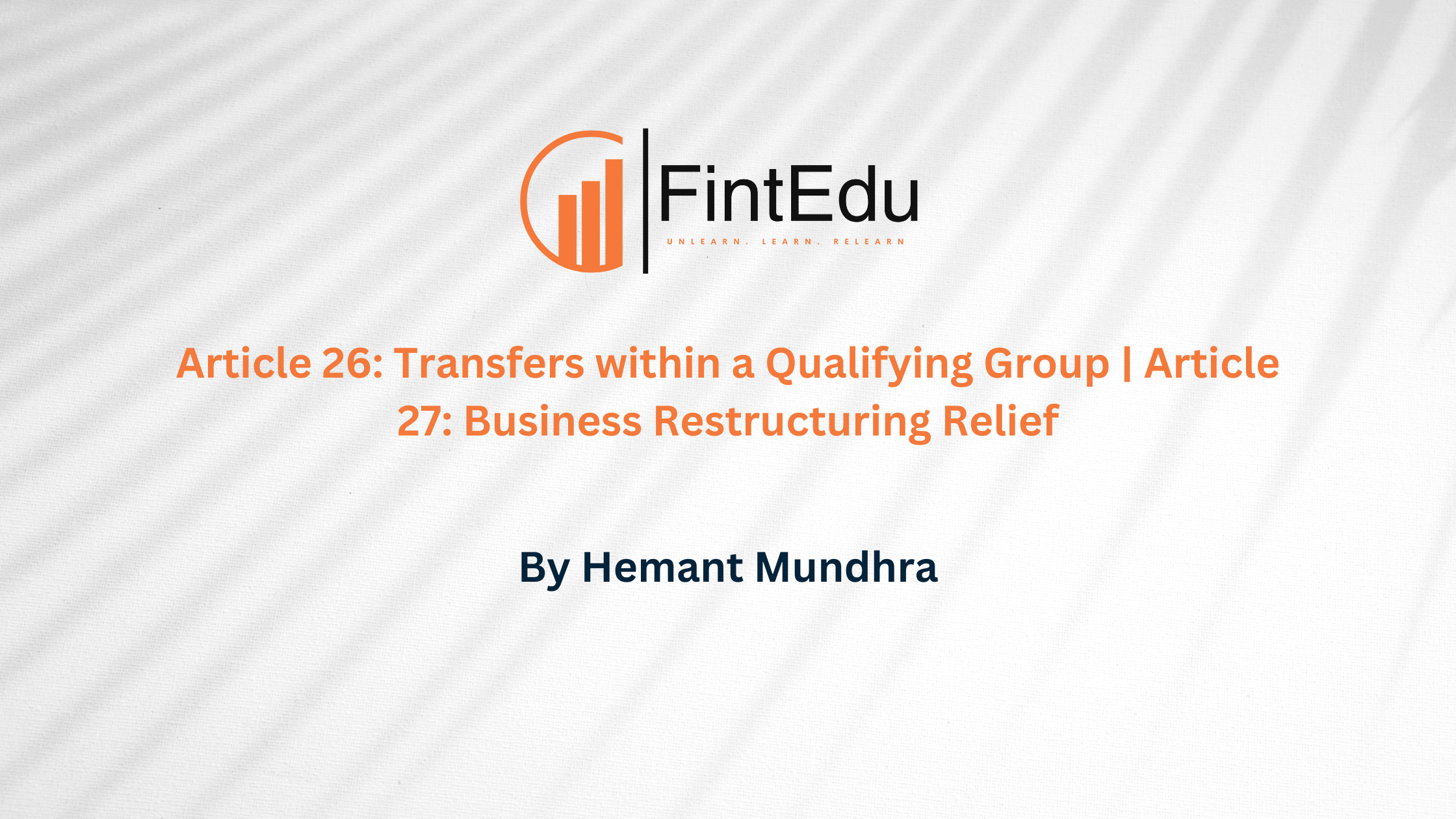LISTEN TO THIS ARTICLE
Is “12” a thumb-rule for distinguishing between Current and Non-Current?
Assets and Liabilities need to be presented in Financial Statement [“Balance Sheet” to be specific] either as current or non-current. This seems so basic and obvious that most of us do not really think about classifying individual assets and liabilities as current and non-current. Isn’t it? We do it automatically but not always correctly.
Long term loan is the most obvious example of committing the mistake on this count. Many companies present them automatically as non-current liabilities – while they are not! Why?
What do the rules say?
The standard IAS 1 Presentation of Financial Statements specifies when to present certain assets or liabilities as current.
Here comes that magic number “12”. Many of us assume that “12 months” is the magic formula or the rule of thumb that precisely determines what is current or non-current. But not always true.
An asset is presented as Current when:
- Realised within normal operating cycle
- Held for trading
- Realisable within 12 months after the Reporting Period
- Cash or Cash Equivalent
Otherwise, Non-Current.
The same applies for liabilities, too, with the addition of when there is no unconditional right to defer settlement of the liability for at least 12 months after the reporting period, then it is current. Everything else is non-current.
Typical examples of Current items are inventories, trade receivables, prepayments, cash, bank accounts, etc.
Typical examples of non-current items are long-term loans or provisions, property, plant and equipment, intangibles, investments in subsidiaries, etc.
But there are a few items that are not that outright and need to be assessed carefully.
Property, plant, and equipment (PPE) is classified as non-current, because the companies use these assets for a period longer than 12 months, or longer than just one operating cycle. However, there are a few exceptions or situations, when one must present the PPE as current:
- Non-current assets classified as held for sale under IFRS 5
- Some companies hold non-current assets for rentals and then they routinely sell them after some time. For example, car-rental companies. Cars shall be presented as non-current during their rental period, and when it is finally put up for sale after taking it off from rental fleet, then these cars shall be transferred to inventories, Current Assets
- Inventories are a typical current asset. It does not matter whether the asset produced has the economic life shorter than 12 months or not OR whose production period is longer than 12 months and are expected to be realized (sold) beyond 12 months after the end of the reporting period, are still classified as current assets.
- Deferred tax assets and liabilities are always classified as non-current.
- Loans with covenants. This is the most mistake prone area vis-à-vis Current and Non-Current Classification. If one breaches a covenant and the loan becomes payable on demand, classify it as Current. If unconditionally waived off by the lender, then non-Current. On the sidenote, the impact of presenting the loan as current instead of non-current can be totally unfavourable, as all liquidity rations worsen immediately.
So, regarding Current and non-Current classification of assets & liabilities, “12” is not always the magic number. Cut your Cards and then use this as thumb rule.
Tax Strategy:
Under UAE’s VAT Legislation
In VAT Legislation, "12 months" is mentioned in the context of determining whether a supply is considered a Deemed Supply. It is not a Deemed Supply if the value of the supply of Goods for each recipient within a 12-month period not exceeding AED 500 for samples or commercial gifts and where the total Output Tax payable on all Deemed Supplies for each person for a 12-month period is less than AED 2,000.
Moreover, "12 months" is referenced in various contexts, including the mandatory tax registration threshold exceeded over the previous 12 months, voluntary tax registration if supplies or expenses exceed the threshold in the past 12 months, and tax deregistration criteria related to the value of taxable supplies made over 12 consecutive months being less than the voluntary registration threshold.
Additionally, "12 months" appears in the context of the ‘date of supply’ rules, where certain conditions must be met within a 12-month timeframe:
- The date on which the Recipient of Goods accepted the supply, or a date no later than 12 months after the date on which the Goods were transferred or placed at the disposal of the Recipient of Goods, if the supply was made on a returnable basis.
- for contracts involving periodic payments or consecutive invoices, specifying that the date of supply would be the earliest of several dates, including the expiration of one year from when goods or services were provided
Under UAE’s Corporate Tax Law
- “12 months" is explicitly mentioned in the context of defining a Taxable Person's Financial Year. It states that the Financial Year shall be the Gregorian calendar year or a twelve-month period for which the Taxable Person prepares financial statements
- Participation Exemption (Dividend, Other Profit distribution, Capital Gains/Losses, Impairment Gains/Losses and related gains/losses to Investment in Participation) which applies to income from a Participating Interest, exempting it from Corporate Tax under specified conditions. A notable condition is that the Taxable Person must have held or intend to hold the Participating Interest for an uninterrupted period of at least twelve months. This provision is critical for understanding how income from certain investments is treated under the Corporate Tax law, focusing on the duration of holding such investments and their tax implications
In conclusion, effectively leveraging the "12-month rule" in financial and tax planning is essential for maximizing benefits under UAE law, guiding investors and businesses towards strategic decision-making and compliance.
Disclaimer: Content posted is for informational and knowledge sharing purposes only, and is not intended to be a substitute for professional advice related to tax, finance or accounting. The view/interpretation of the publisher is based on the available Law, guidelines and information. Each reader should take due professional care before you act after reading the contents of that article/post. No warranty whatsoever is made that any of the articles are accurate and is not intended to provide, and should not be relied on for tax or accounting advice.


